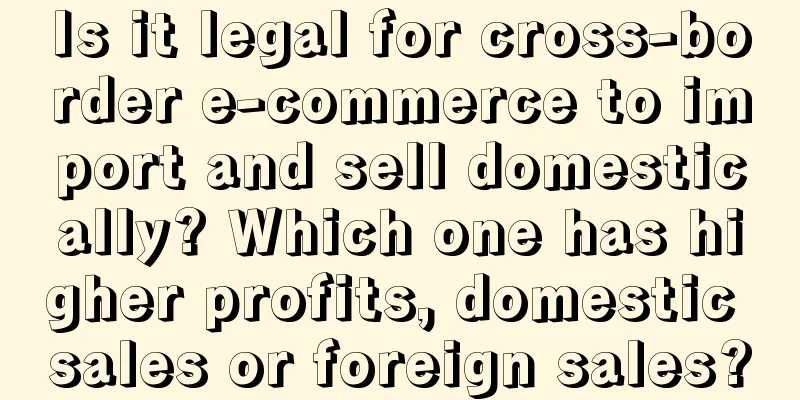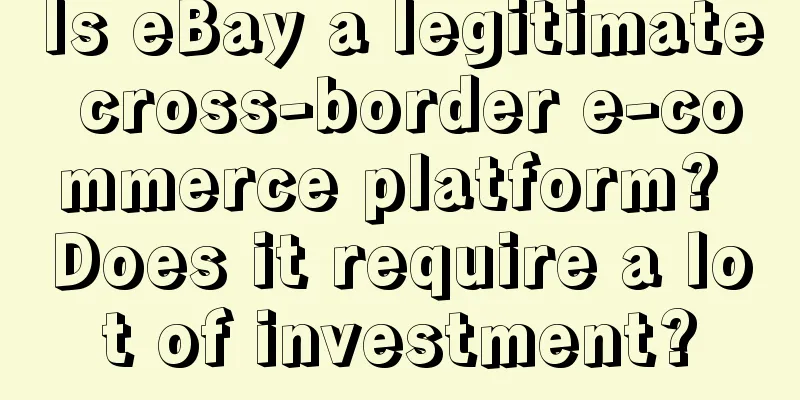90% of pricing falls into cost misunderstanding

Let’s look at a math problem first: What does it mean for a company if it can increase its product prices by an average of 2%, keeping sales volume and costs unchanged?
In the 4Ps of marketing, products can be discussed in terms of packaging and visual effects; channels can be discussed in terms of bonuses and mass penetration; promotion can be discussed in terms of content and KOLs. However, when it comes to price, there seems to be nothing to talk about. Often, the more obvious something is, the less likely it is to be discovered. Genuine goods, good quality and low price, good products are not cheap, cost-effectiveness, behind these familiar words are all talking about prices. The top ability of an entrepreneur is the sense of pricing. First-class companies can set prices, second-class companies do promotions, and third-class companies are Pinduoduo. 01 A misunderstanding: cost pricingIf you produce a kettle, would you describe it as an electric kettle or an electric tea kettle? Of course, the function of the product is the same, which is to boil water. However, the markets and channels for electric kettles and electric tea kettles are completely different, and most importantly, consumers’ value perception points are also different. The most important thing is that consumers’ price acceptance for electric kettles and electric tea kettles is different. For electric kettles, profits can differ by 10 times due to differences in categories, scenarios, and value perceptions. Product prices are derived from the value perception brought by categories and scenarios, and brands, channels, and promotions are the channels for conveying cognition.
02 Price is potential energyYou can naturally use the price that suits the position you occupy. Conversely, if you are not in that position, you cannot set that price. It is not that you cannot set it, but that consumers do not accept or recognize it because you do not have that potential energy. Price is potential energy - a good warrior seeks it from potential, not from others, so he can blame others and take advantage of potential.
The price of the first generation Tesla must be set high. The $100,000 Roadster represents not only Tesla but also the future of electric vehicles. If the first generation Tesla is priced at the same price as ordinary fuel vehicles, Tesla will not be Tesla. After the accumulation of high-priced potential energy of Model S and Model X, the potential energy released later was different. The advent of Model 3 penetrated into the mid-range electric vehicle field with a price of $40,000. The strong brand, popular high-tech and attractive price quickly attracted a large number of buyers from the market share of traditional car brands of the same level. 03 Scene and AnchorIn fact, compared with the cost, consumers are more concerned about the benefits of purchasing products, including use value, functional value, image value, and social value. The logic of pricing has never been cost, but creating advantage recognition and price anchoring. You may think that no one will buy the aluminum-to-steel Mercedes, but the reality is the opposite. It has no impact and is selling well. This is because consumers are concerned about image value and social value. A man drives a Mercedes, so no matter whether it is an E or S, it is a Mercedes first. 1. Physical scene and mental scenePhysical scene: A mug costs 5 yuan each and 10 yuan for 3 mugs at a street stall. In Starbucks, the price can be increased by 5-10 times with the beautiful environment, aroma of coffee and scene-based display. In fact, any mug sold in a coffee shop can be sold at 5-8 times the price. The premium space is not the product, but the scene and surrounding price anchoring. When we talk about new offline species, it is essentially the reconstruction of the physical scene of sales, such as Hema Fresh in the past few years and the popular pubs nowadays. Food still needs to be eaten and wine still needs to be drunk, but new consumers need new physical scenes to stimulate their desire to eat and drink. Mental scenario: Milk is a mass product. If it is sold to the masses, it can only be priced at the mass market. The key to selling a glass of milk at 3-5 times the price is not to add functions, but to discover and recreate mental scenarios and redefine target consumers. For example, breakfast milk sold to children, night milk for white-collar workers, and calcium supplement milk for pregnant women. Isn’t that what Telunsu did? Isn’t that what Jane Eyre did? They doubled the price of yogurt and sold it to fashionable moms. Now they have prepared a fatherly love formula and are selling it again. 2. Price anchoring: stand on the expensive side and use the past to anchor the presentWhatever product you want to be, you have to stand beside it. When inviting people to dinner, the white wine is Maotai, what kind of red wine is suitable, which is not expensive but also face-saving? Penfolds 407 is tied to Maotai Feitian, and the price suddenly seems reasonable. In the absence of more information, past prices (or other comparable prices) may be an important determinant of current prices, anchoring current prices. Down jackets that originally started at 499 yuan can now be purchased for only 199 yuan. With this as a reference, customers will accept the price of 199 yuan without hesitation. Here 499 is the anchor point. The screen protector costs several hundred yuan and the membership service costs several thousand yuan. If you just bought an iPhone for 8699, it may feel acceptable. If you add one more sentence: If you don't buy Apple Care service, the cost of repairing the screen is 2600+, and the cost of replacing the whole machine is 4600+, you will be captured instantly. 8699 is the price anchor point, and the intimidation of not buying is the aversion to loss. In addition, we need to look at pricing from a better industry perspective. Pricing is not just a matter for one company, it even determines the industry ecosystem. Ren Zhengfei said in an interview that Apple is great, and its high pricing leaves opportunities for other brands behind. Otherwise, once Apple lowers its price, other brands will not be able to play. Understanding pricing from the perspective of the industry will be a big deal. Having said so much, I have summarized 15 pricing techniques that you can use right away. You can understand them at a glance and use them immediately. 3. 15 cognitive pricing methods
Author: Houshan Keju; Source public account: New Consumer Brand Research Society (ID: PPD6977) |
<<: I sell cow dung on Douyin and earn millions a year
Recommend
Discussion | How can the public relations department find a sense of presence?
Most small and medium-sized enterprises do not act...
Why are movie tickets in county towns more expensive than in Beijing, Shanghai and Guangzhou?
In some county towns, movie ticket prices even exc...
Why do brands always use the “limited-time return” tactic so successfully?
Some time ago, brands such as Honor of Kings, KFC ...
How to open a store on Wish? Do I need to pay a deposit?
Wish is a world-renowned e-commerce platform that ...
Brand Growth | A Quick Guide to Brand Building
Each brand has its own characteristics and express...
How to compress images after uploading them to Amazon? How to optimize images?
On the Amazon platform, high-quality product image...
How to run an infinite game with limited resources
This article starts with the example of Internet e...
September guide: creative marketing calendar, sharing hot spots
The weather is clear and cool in autumn, which is ...
Data analysis: knowing a little about the business is equivalent to not knowing anything about it
Many people have always believed that data analyst...
Copywriting breakthrough: imagination or insight
This article mainly discusses the relationship bet...
In the social networking war again, why is Alipay poaching customers from Xiaohongshu and Douyin?
Alipay has always focused on payment transaction f...
The ups and downs of brand marketers this year are all in these 16 keywords
Today's marketing has gradually transformed fr...
2023! A comprehensive review of 25+ Mid-Autumn Festival gift boxes from ByteDance, Ctrip, Weilai, Guangzhou Metro, etc.!
Another Mid-Autumn Festival is coming, and brands ...
Some people make a fortune by selling short videos of misery, but you are still kept in the dark
With the progress and development of the times, th...
Offline explosion: Invest 200 yuan and earn 400,000 yuan
Why are online brands moving offline? The author a...









